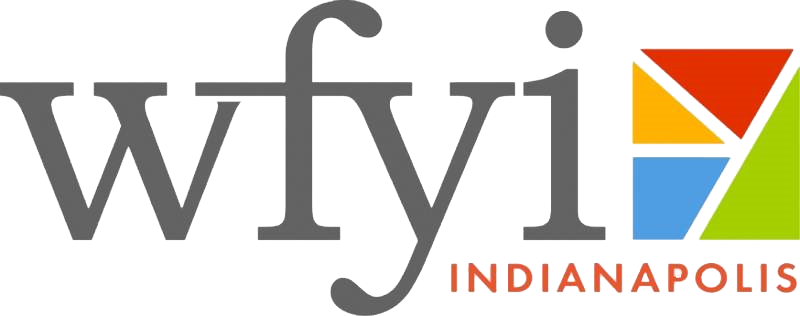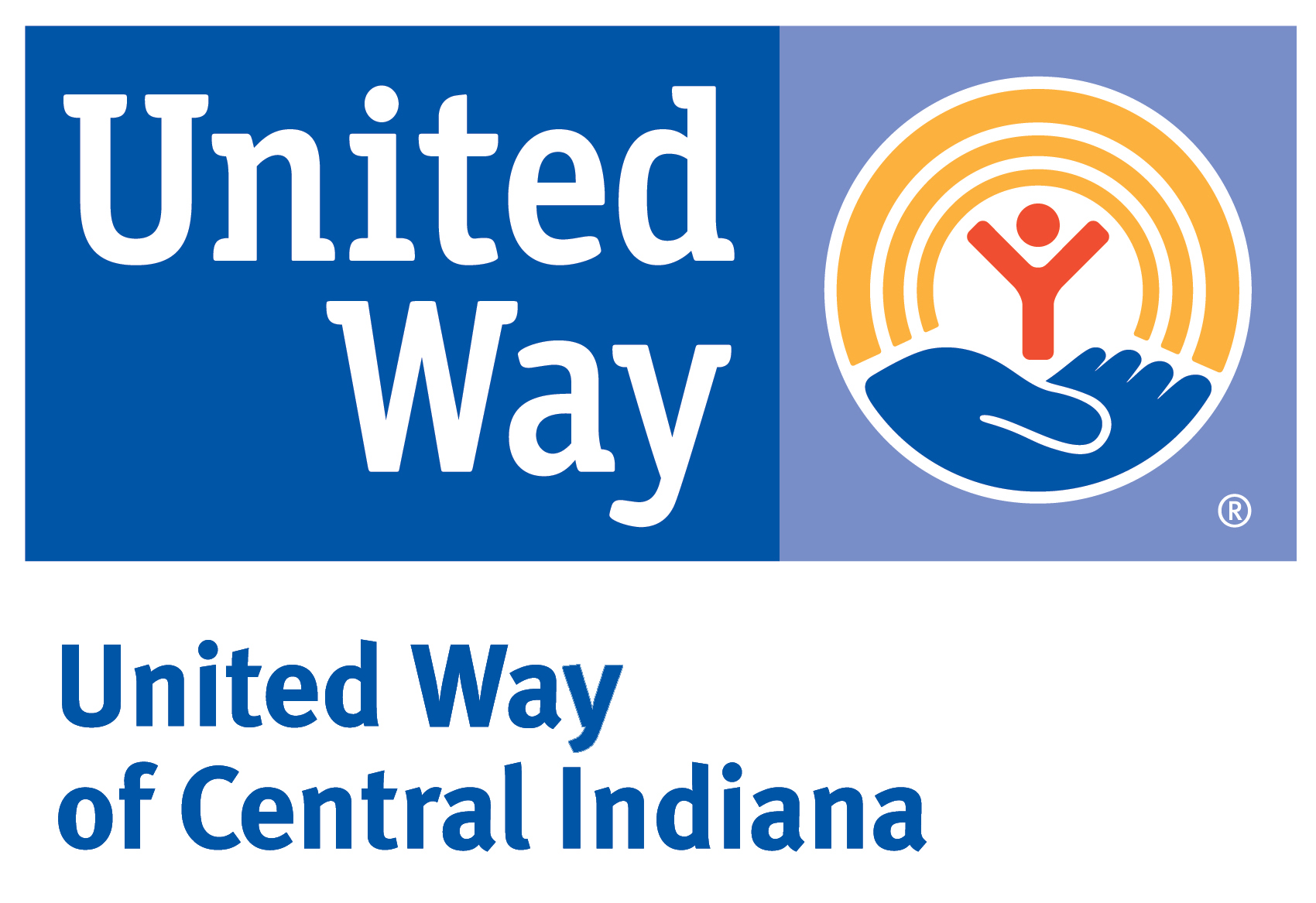Indianapolis Racial Equity Report Card
SAVI Talks - October 27, 2022On October 27, the SAVI Talks event will focus on the project, Indianapolis Racial Equity Report Card.
This event will be a bit different from others in that we want a community conversation about the outcomes that are important to measure as Indy holds itself accountable to creating a racially just and more equitable community.
Racial disparities define daily life in Indianapolis, with racial segregation creating huge differences in life expectancy between neighboring communities.
EVENT SOLD OUT!
Our November 17 Data & Drafts program from 6-7:30 p.m. will be another opportunity to gather more information about important outcomes to measure for this project. Register for Data & Drafts https://www.wfyi.org/events/data-and-drafts-racial-equity-report-card.
The project process moving forward includes additional community forums to gather information, broad community feedback on initial drafts, and a final report published in May 2023. The report will be updated annually thereafter.
Community Trends Report
Published October 26, 2022
Articles and Story Maps
Explore other research and interactive content we have developed around equity.
New Trends in Poverty Report Reveals Disparities across Demographics and Neighborhoods
1 out of 5 people in Marion County are in poverty. For a family of 4, that means an annual income of $23,500 or less. Last week, the US Census Bureau released the 2012 poverty rates for all counties across the nation. While the data show there was no significant...
The Impact of Aging Boomers
By Michelle Jones 77 million people were born in the U.S. between 1946 and 1964. (U.S. Census) Every 7 seconds, an American turns 50—that’s more than 12,500 people every day! (U.S. Census) For the first time ever, seniors comprise the largest size and...
Trends in Poverty: Marion County, Indiana 2000 to 2012
One in five people in Marion County are in poverty. Poverty is on the rise across the board, but some segments of the population are disproportionately affected. This report looks at the disparities in poverty by age, race, gender, education levels, and geography.
#INGovConf Tweet Chat Summary on Nonprofit Best Practices
Last week the Governor’s Conference on Service and Nonprofit Capacity Building hosts participated in a Twitter chat and shared their insights on nonprofit best practices. Did you miss attending the Twitter chat?Not to worry! We’ve captured it...
A Model to Mitigate Hunger
By Sharon Kandris It’s clear that hunger and food insecurity are growing problems in Central Indiana. We’ve recently partnered with two Central Indiana organizations (Northside Mission Ministry of Second Presbyterian Church and United Way of Central Indiana)...
Addressing Hunger in Central Indiana: Gaps and Opportunities
As you’re probably aware from recent news reports, Feeding America recently released its annual Map the Meal Gap report, with statistics on the state of hunger across the nation. According to its report, food insecurity (not always knowing where your next meal will...
Worst social crisis in the country?
One in three children in America grow up without a father in the home. Seventy-three percent of Black children in the U.S. are born to single parents. Only 16% of these single parents are men. These troubling statistics shed light on the fact that the absence of a...
New Demographic Trends Emerge in Marion County’s Growing Population
By Jay Colbert In celebration of Asian-Pacific American Heritage Month, I thought I’d explore some of the changing population trends in Indianapolis with regards to this demographic. Auch der Verband Pro Generika beklagt die steigenden Preise angesichts der...
Statistics every mother should know about her community
By Michelle Jones There are a number of reasons that a mom would be interested in the community statistics I reference in this post. Maybe you’re thinking about moving and you want to scout the area out beforehand to ensure that it’s safe. Maybe your child is sick and...
Filling the Gap: Faith-based organizations are an important resource
At a time when families are experiencing more economic hardship and the need for services is increasing, nonprofits are continually forced to do more with less funding, fewer staff, and fewer resources. As reported in The Nonprofit Times, there were 10,000 fewer...
Authors
Rebecca Nannery
Senior Research Analyst,
The Polis Center
Jay Colbert,
Data Manager,
The Polis Center
Erik Steiner
Consulting Research Analyst,
The Polis Center
Matt Nowlin,
Community Analysis Manager,
The Polis Center
Event Partners





